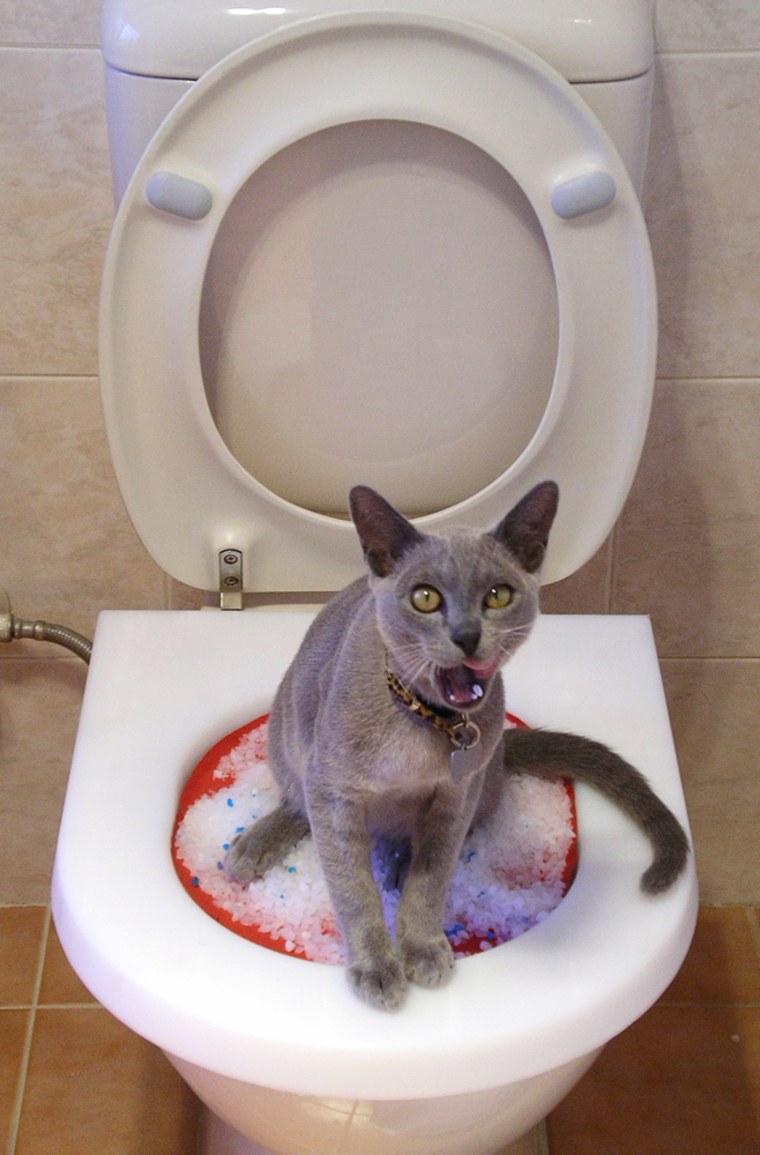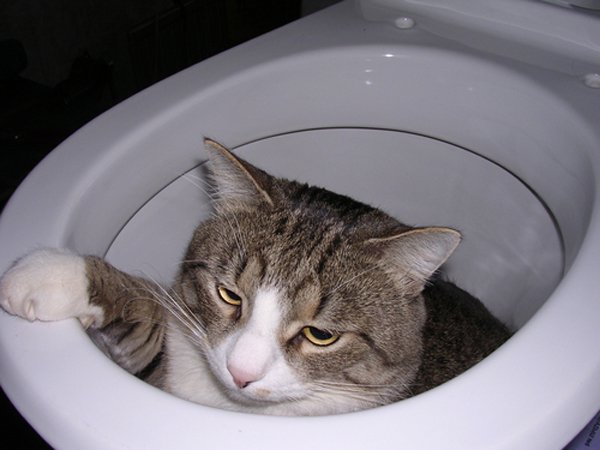Significant Points Regarding Flushing Animal Waste Down the Toilet
Significant Points Regarding Flushing Animal Waste Down the Toilet
Blog Article
They are making a few great points on Don't Flush Your Pets Poo Down The Loo, Vet Warns in general in this great article further down.

When it concerns taking care of waste, particularly animal waste, many individuals usually turn to the hassle-free choice of flushing it down the bathroom. Nonetheless, this seemingly simple option can have significant consequences for the environment and public health. In this post, we'll check out why flushing pet waste down the commode is a negative idea and offer alternate techniques for appropriate disposal.
Introduction
Correct waste disposal is essential for keeping environmental sustainability and public health. While it might seem safe to purge animal waste down the bathroom, it can cause different problems, both for the atmosphere and human well-being.
Risks of flushing pet waste
Environmental influence
Purging pet waste presents unsafe microorganisms and microorganisms into rivers, which can negatively impact water communities. These virus can contaminate water sources and damage aquatic life, interfering with fragile ecological communities.
Public health issues
Pet waste contains dangerous bacteria such as E. coli and Salmonella, which can present significant health risks to people. Purging pet waste down the commode can contaminate water materials, causing the spread of conditions and infections.
Alternatives to flushing
Instead of flushing pet waste down the bathroom, there are numerous different disposal approaches that are extra eco-friendly and sanitary.
Composting
Composting pet waste is an eco-friendly means to dispose of it. By composting, organic matter is broken down into nutrient-rich soil, which can be used to feed yards and plants.
Garbage dump disposal
Throwing away animal waste in a landfill is an additional choice. While not as eco-friendly as composting, it is a safer choice to flushing, as it stops the contamination of water sources.
Pet dog waste disposal systems
There are customized animal garbage disposal systems offered that safely and hygienically take care of animal waste. These systems commonly make use of enzymes to break down waste and remove odors.
Steps to correct pet garbage disposal
To ensure correct disposal of animal waste, comply with these actions:
Scooping and landing waste
Regularly scoop and bag pet waste making use of naturally degradable bags. This prevents waste from contaminating the click here setting.
Making use of marked waste bins
Dispose of bagged animal waste in assigned waste containers, such as garden compost containers or land fill containers. Stay clear of flushing it down the toilet whatsoever expenses.
Cleaning up litter boxes and pet locations routinely
Routinely clean can and animal areas to stop the build-up of waste and germs. Usage pet-safe cleansing products to keep hygiene.
Advantages of appropriate disposal methods
Embracing appropriate disposal methods for pet waste offers a number of advantages:
Minimized environmental pollution
Proper disposal techniques lower the risk of environmental pollution, safeguarding rivers and communities from contamination
Lessened threat of water contamination.
By avoiding flushing animal waste down the commode, the threat of water contamination is considerably decreased, securing public health.
Boosted cleanliness and hygiene
Appropriate disposal techniques advertise much better cleanliness and health, producing a much safer atmosphere for both people and pets.
Verdict
Finally, purging animal waste down the toilet is harmful to the environment and public health. By taking on alternate disposal techniques and following correct waste management techniques, we can lessen the negative influence of animal waste and add to a cleaner, much healthier planet.
What To Do With Dog Poo – The Do's And Don'ts Of Disposing Of Faeces
Dog poo bins
Some councils provide dedicated dog waste bins in popular dog-walking areas that can take dog poo that has been bagged but you can legally dispose of dog waste in any public litter bin, as long as it is securely bagged. This also applies to your wheelie bin at home.
Do not flush
Water companies do not recommend flushing dog faeces down the toilet because certain parasites can survive the water processing treatment and are potentially harmful to humans. You should also never consider flushing dog poo that has been bagged down the toilet as the bags will not break down and instead create severe blockages in the sewage system.
In the woods
The Forestry Commission promotes a ‘stick and flick’ method for dealing with waste in the woods. This means finding a stick and using it to flick any poo from off the path so that it is out of the way of other walkers. You could also bury it as long as it is not in an area where there might be livestock.
Livestock
Parasites found in dog poo can be transmitted to livestock if they inadvertently eat infected faeces that has been left on grazing land. This could result in the death of sheep or abortion in cattle so you should always make sure you pick up your dog’s waste in fields where livestock could be present.

Routinely clean can and animal areas to stop the build-up of waste and germs. Usage pet-safe cleansing products to keep hygiene.
Advantages of appropriate disposal methods
Embracing appropriate disposal methods for pet waste offers a number of advantages:
Minimized environmental pollution
Proper disposal techniques lower the risk of environmental pollution, safeguarding rivers and communities from contamination
Lessened threat of water contamination.
By avoiding flushing animal waste down the commode, the threat of water contamination is considerably decreased, securing public health.
Boosted cleanliness and hygiene
Appropriate disposal techniques advertise much better cleanliness and health, producing a much safer atmosphere for both people and pets.
Verdict
Finally, purging animal waste down the toilet is harmful to the environment and public health. By taking on alternate disposal techniques and following correct waste management techniques, we can lessen the negative influence of animal waste and add to a cleaner, much healthier planet.
What To Do With Dog Poo – The Do's And Don'ts Of Disposing Of Faeces
Dog poo bins
Some councils provide dedicated dog waste bins in popular dog-walking areas that can take dog poo that has been bagged but you can legally dispose of dog waste in any public litter bin, as long as it is securely bagged. This also applies to your wheelie bin at home.
Do not flush
Water companies do not recommend flushing dog faeces down the toilet because certain parasites can survive the water processing treatment and are potentially harmful to humans. You should also never consider flushing dog poo that has been bagged down the toilet as the bags will not break down and instead create severe blockages in the sewage system.
In the woods
The Forestry Commission promotes a ‘stick and flick’ method for dealing with waste in the woods. This means finding a stick and using it to flick any poo from off the path so that it is out of the way of other walkers. You could also bury it as long as it is not in an area where there might be livestock.
Livestock
Parasites found in dog poo can be transmitted to livestock if they inadvertently eat infected faeces that has been left on grazing land. This could result in the death of sheep or abortion in cattle so you should always make sure you pick up your dog’s waste in fields where livestock could be present.

We hope you enjoyed reading our topic about Can You Flush Dog and Cat Poo Down the Toilet?. Thanks a lot for spending some time to browse our short article. Enjoyed our article? Please share it. Help somebody else check it out. I am grateful for your time. Don't hesitate to check our site back soon.
Call Report this page